Reaching for milleniali: trends and mobile marketing techniques
The average American spends almost five hours a day on a smartphone. Why then does mobile advertising work so inefficiently?
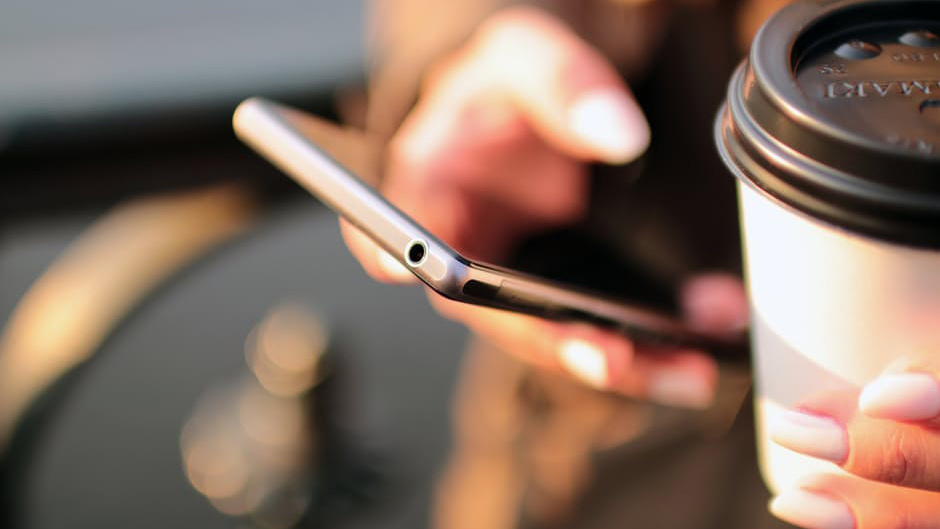
Marketers do their best to knock out clicks and conversions from highly targeted ads, but users who are tired of obsessive banners continue to install ad blockers. However, when $ 100 billion in annual costs are at stake , someone just needs to find a way to narrow the gap between high budgets and low profitability of advertising campaigns.
')
The good news is that the latest mobile trends allow publishers and advertisers to approach user experience modeling much more intelligently. Google is tightening up on pop-up mobile advertising, and marketers are gradually moving away from aggressive strategies to attract new customers to strategies aimed at retaining current customers. Despite the fact that some digital trends like VR and AR advertising with the effect of deep immersion will take years to gather a large audience, other areas, like mobile wallets and chatbots, are already used as the main methods of interaction between brands and consumers. In this article, we will look at some of the most visible trends in mobile marketing.
Sales through mobile payment terminals in the USA are growing: it is expected that by 2020 the total amount of purchases will exceed $ 314 billion. However, the profit from these sales is only a fraction of the value that marketers can extract from the transaction metadata.
Today, retailers can send information collected in CRM systems during non-cash mobile transactions and improve the individual experience of each customer based on purchase history, geolocation data and time stamps. Starbucks, for example, collects information about its loyal customers using its own branded mobile application. It helps to determine their current location, what kind of drinks they buy or what type of music they are listening to (in the app, you can create playlists). Sephora to Go app recommends new products based on the user's purchase history and sends a push notification to the user's smartphone or smart watch every time he is near the store.
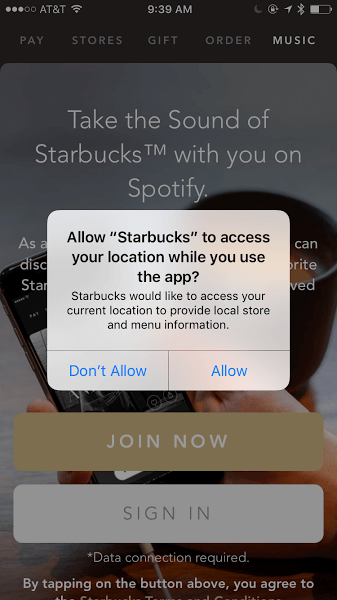
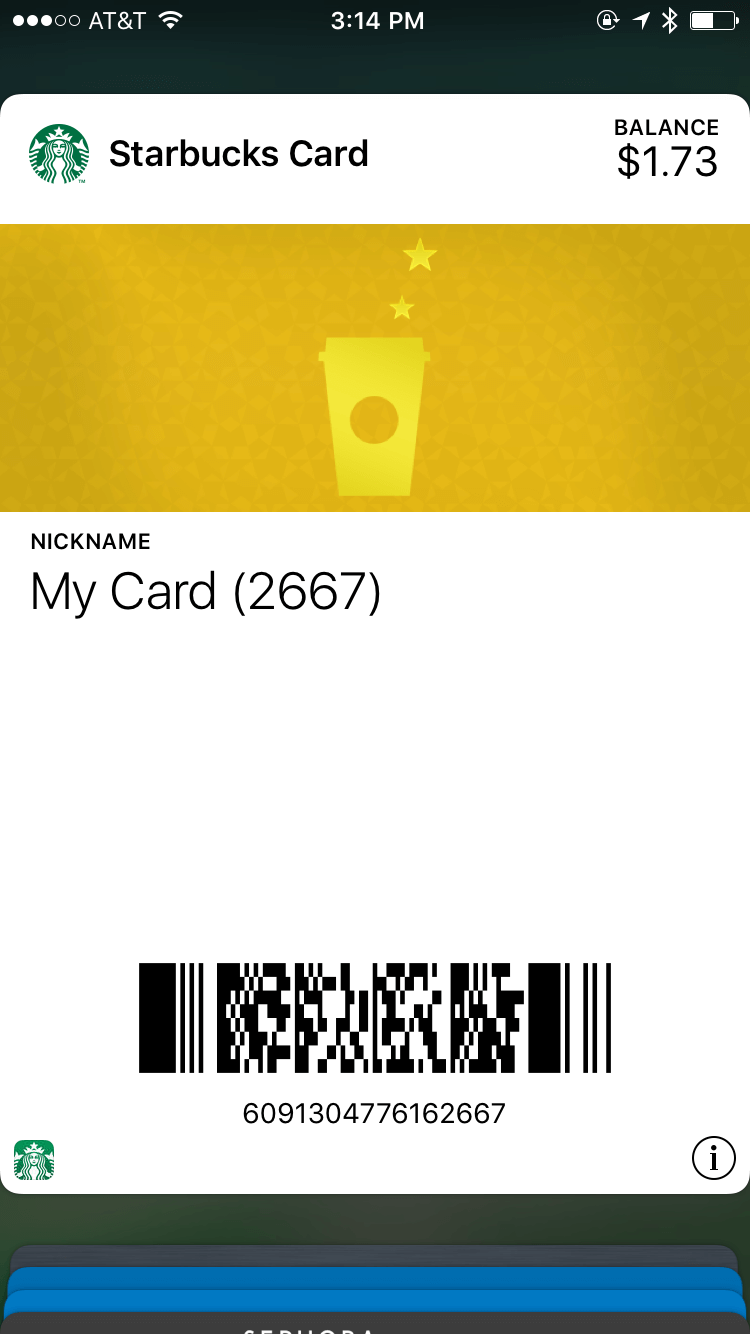
Mobile payments will become a critical tool for collecting customer data and personalizing digital experience.
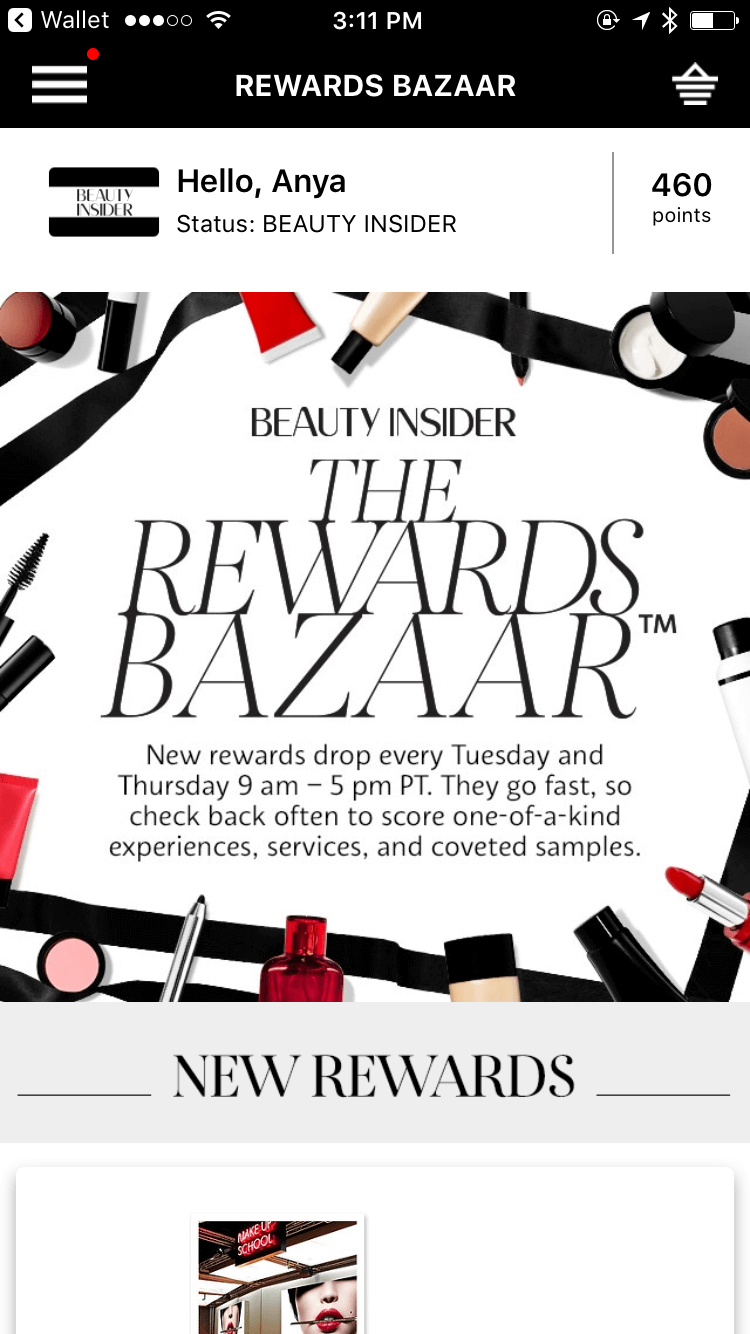

Retailers use mobile data to find the nearest store and create individual product offerings.
What do customers get from this (or those millenials who still have the habit of visiting stores live)? Many people like the harmonious spontaneity of contactless contextual payments: payment happens faster than with chip cards. On the other hand, such payments are simpler and safer than carrying an ordinary cash wallet with you. Modern POS terminals accept Android Pay, Apple Pay, and more recently, Selfie Pay, a new service developed by Visa in conjunction with BMO, which allows users to verify their identity using biometric checks, and in particular, selfies. Unlike selfie in social networks, mobile data in the case of Selfie Pay are protected by tokenization technology. And of course, all marketing push notifications require the prior consent of consumers to subscribe to them.
More than half of all YouTube views come from mobile devices. It sounds impressive given the fact that a few years ago video buffering on mobile devices made watching them very difficult. The average download speed on mobile devices today exceeds 19.27 Mbit / s, which is 30% higher than last year. Thanks to technological improvements, advertisers today can give buyers more digital content on the fly. Obviously, people interact with content on mobile devices in different ways, so marketers shorten the length of the video, add text overlays for users in public places who do not have headphones at hand.
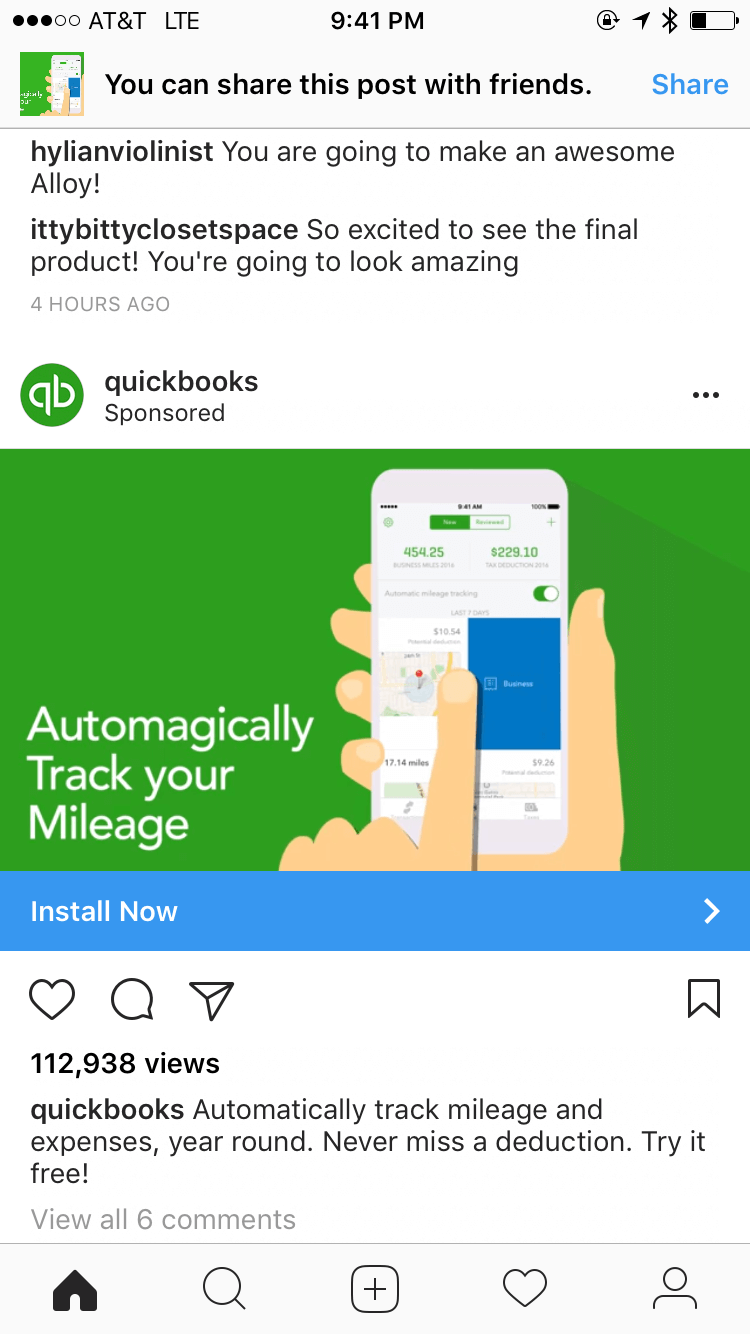

Marketers adapt the video format to make it available “on the go”, reducing the length of the clips and adding text overlays.
Mobile, social and video content together make it possible to achieve a powerful combination that increases the profitability of marketing campaigns, which are also easier to track. Video ads are “catchy”: 80% of users remember at least one promotional video they have watched in the last 30 days. Videos today support the “native” format of the publisher site, and various placement options: before, during and after the main content, inserts in applications, video banners and more. Marketers can now measure the profitability of video, not only due to the popularity of the brand, but also with the help of more efficient metrics and even offline. For example, Google recently proposed an ad product that collects data on how many visitors come to physical stores after watching video ads.
Communication creates a good foundation for sales and a favorable impression of service: popular family stores are a case in point. Chat bots bring this communication to a new level: millions of people can discuss their questions through text communication. Whole Foods, for example, has a bot that gives shoppers advice on choosing a recipe based on the products they buy.
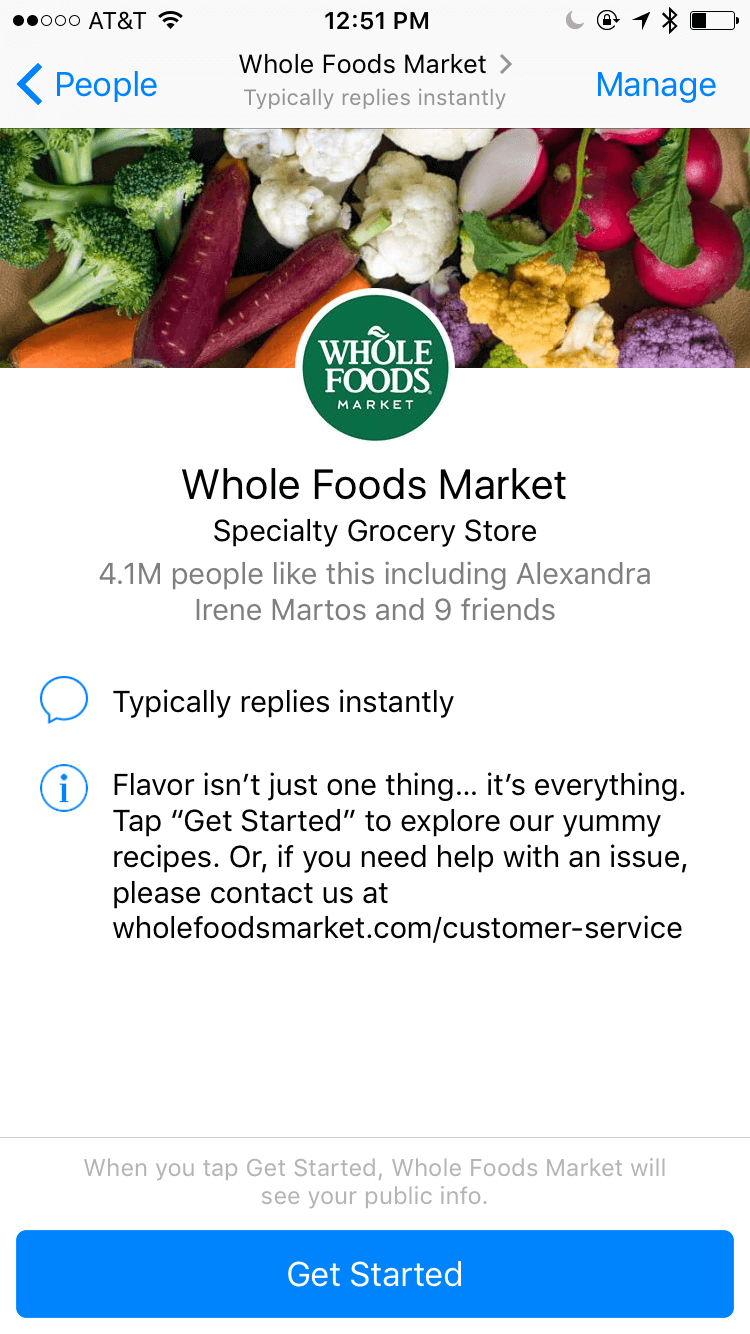
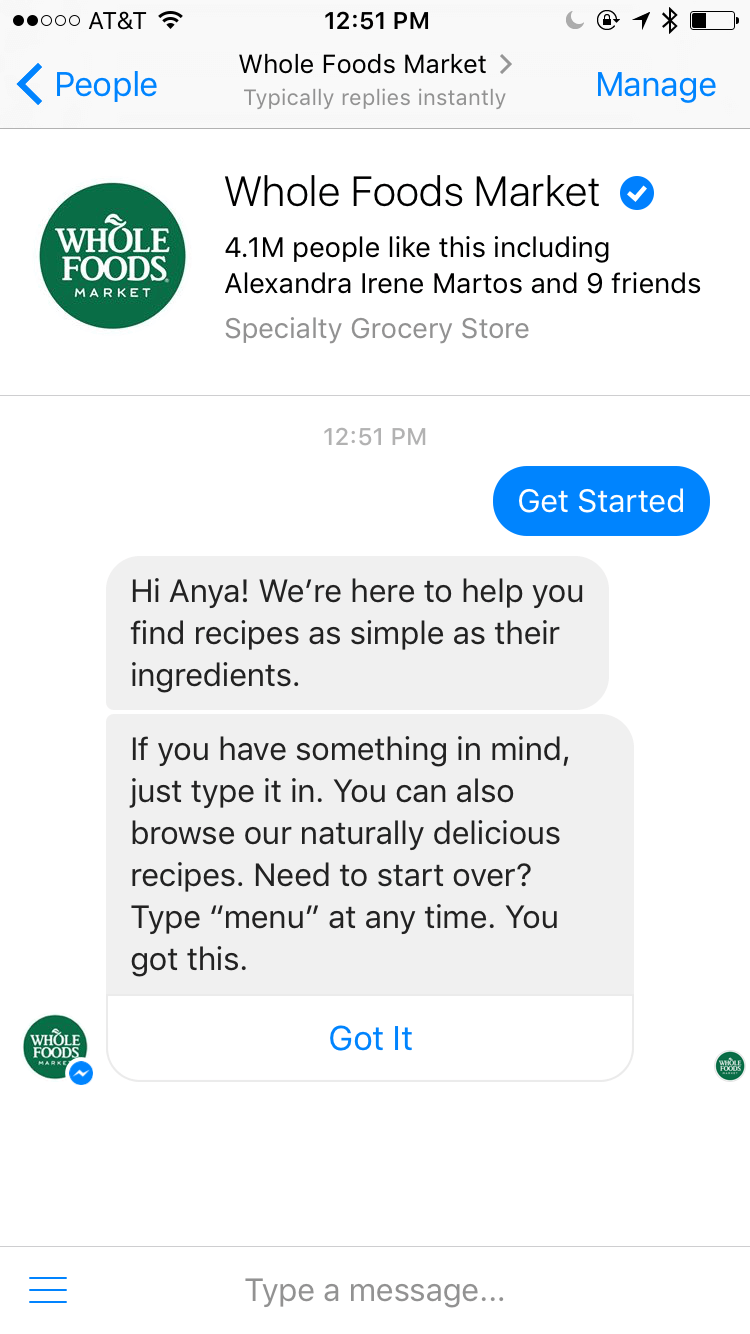
Whole Foods Chatbot offers recipes and simplifies the process of buying ingredients.
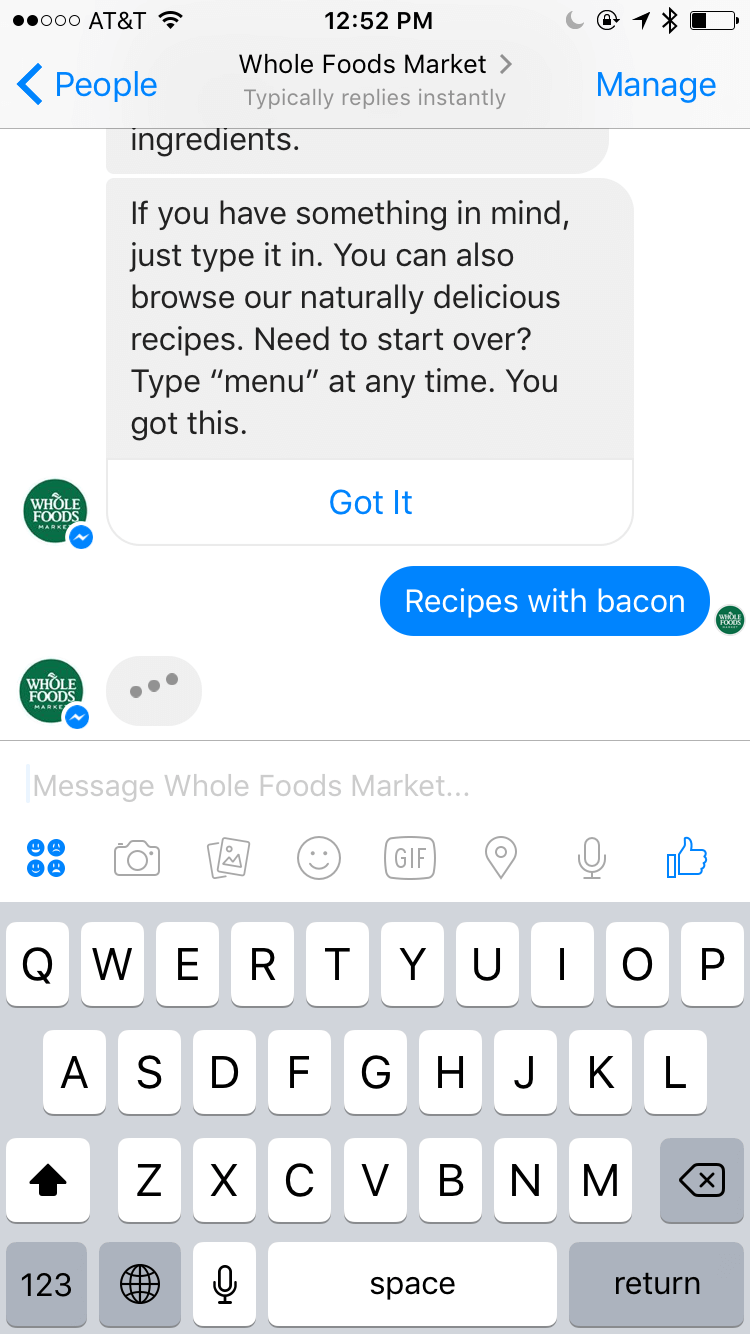

Similarly, visitors to Burger King and Pizza Hut can arrange food directly using Facebook Messenger and Twitter bots. However, chat bots can not just replace sellers to speed up the reception of orders. The diversity of data that these bots collect about each individual Facebook user allows brands to explore user preferences and personalize the communication process accordingly. Algorithms of deep machine learning allow us to gradually improve bots, to the extent that over time, they will learn to make serious competition to sellers and consultants of local stores in terms of predicting consumer behavior. Brands will sell as the main and related products directly in the list of incoming messages of the application, next to the chat rooms of friends.

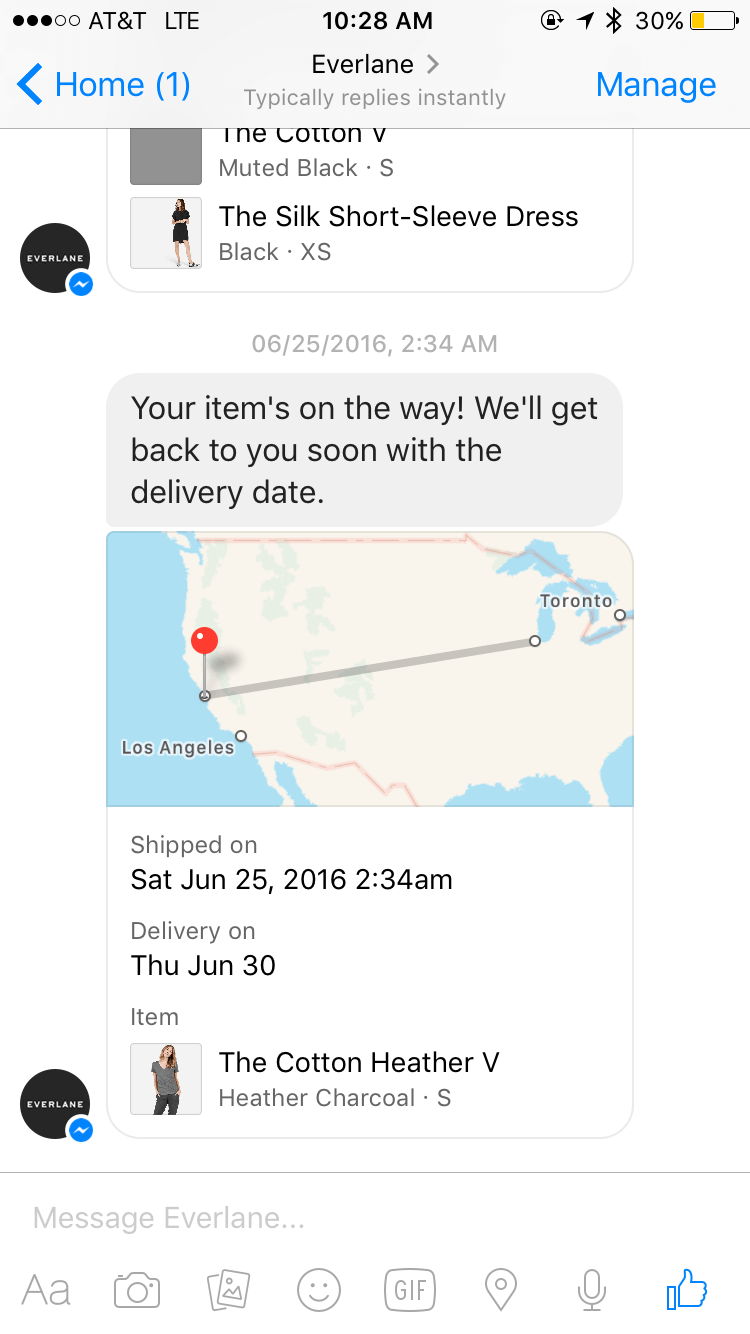
Retail brands use Facebook Messenger to send updates on delivery status and new offers.
Brands today have access to many sophisticated ways of collecting consumer data through the use of the Internet of Things. Voice assistants such as Alexa, Siri, Google Assistant, Line's Cortana and Clova allow brands to literally listen to their consumers. More than 8 million owners of Amazon Echo and Alex can easily give a voice command and place an order with any of the suppliers of a growing network of Amazon partners, including such well-known brands, such as Domino's, Uber and Jamie Oliver.
Wearable devices, network-connected objects and smart packaging allow the buyer to get closer to the purchase. For example, Amazon Dash buttons connect to home Wi-Fi users and Amazon accounts. Whenever the Amazon Prime subscriber runs out of cleaning agent, batteries, or other household supplies, simply pressing the Dash button forms an order and the product is delivered within two days or even faster.
For marketers, such an opportunity to get closer to consumers in their homes requires great care in handling consumer data. Information about consumer trends is useful for retention-marketing and targeting similar requests, but home devices are considered to be the buyer's personal space. In order not to avert buyers from themselves, marketers should not give any personalized advice on sensitive topics, such as personal health issues.
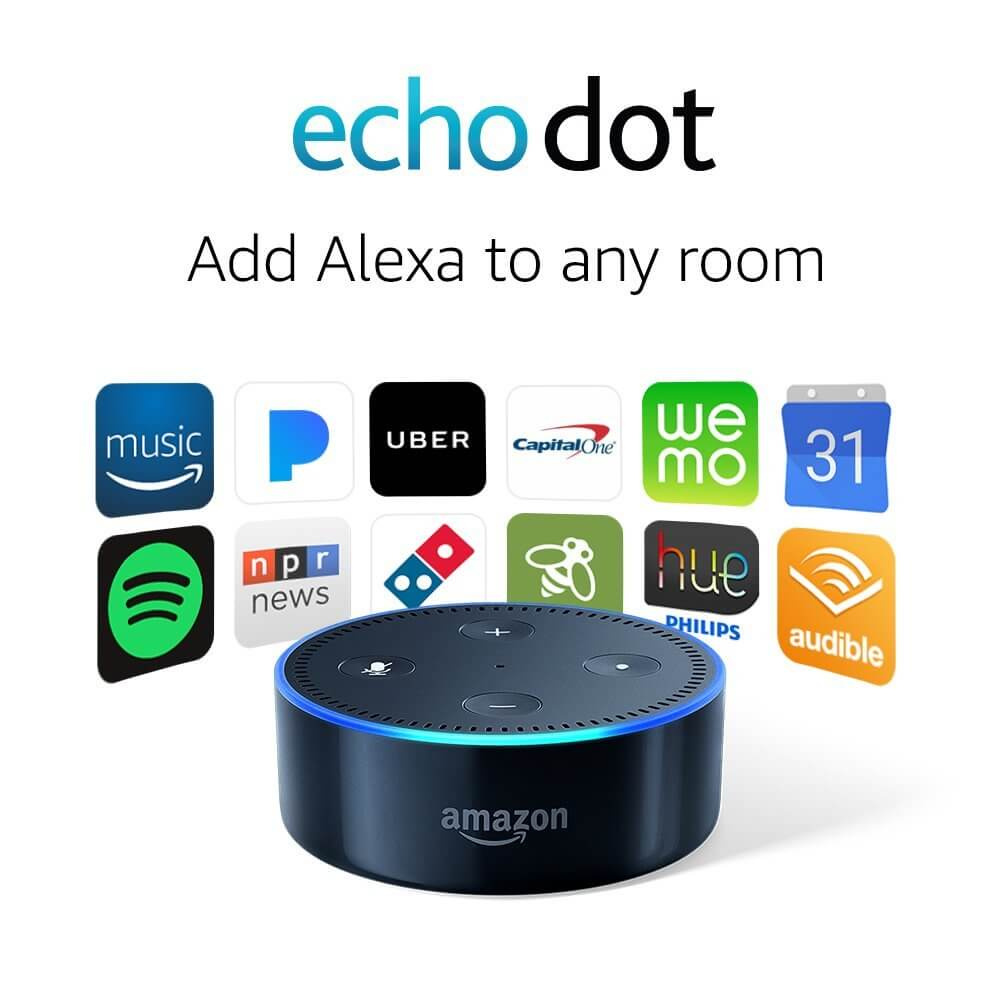
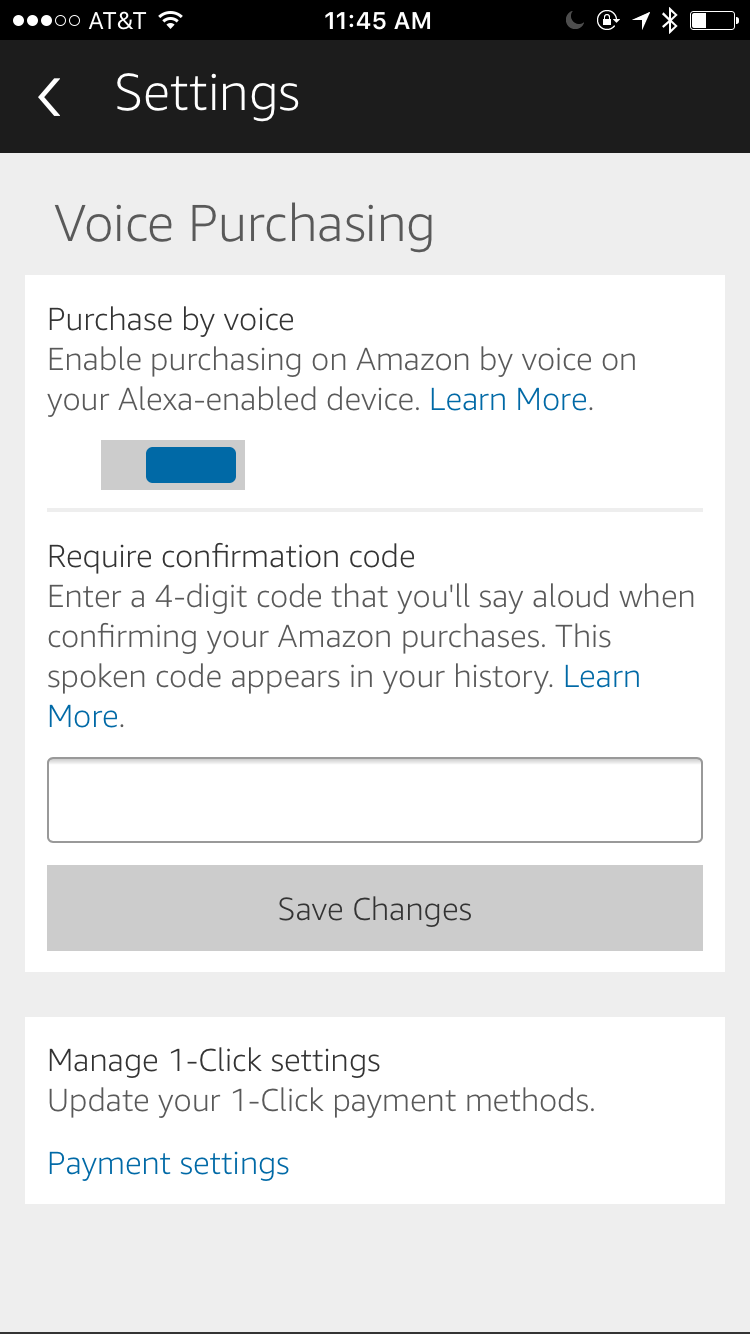
Echo Dot for Alexa has entered into partnerships with leading brands to enable shopping with voice commands.
Snap recently launched an IPO with a stock price of $ 24 per unit. Not a bad indicator for a company that is confidently exciting more and more B2C budgets in the market and promising its customers access to the millenial audience - the most desirable demographic group to date. Snap successfully promotes the concept of native advertising, the cost of which in the industry as a whole, judging by some estimates, will make up 53% of all funds allocated for display advertising this year, and most of this money will go to mobile advertising.
Brand-sponsored Facebook stories, Snapchat filters and Buzzfeed articles are some examples of native advertising. They look like any other regular content on the site, which is good for indicators of engagement, because people tend to pay more attention to these promotional items. At the same time, some studies show that users feel cheated when they click on promotional articles that are flagged accordingly.

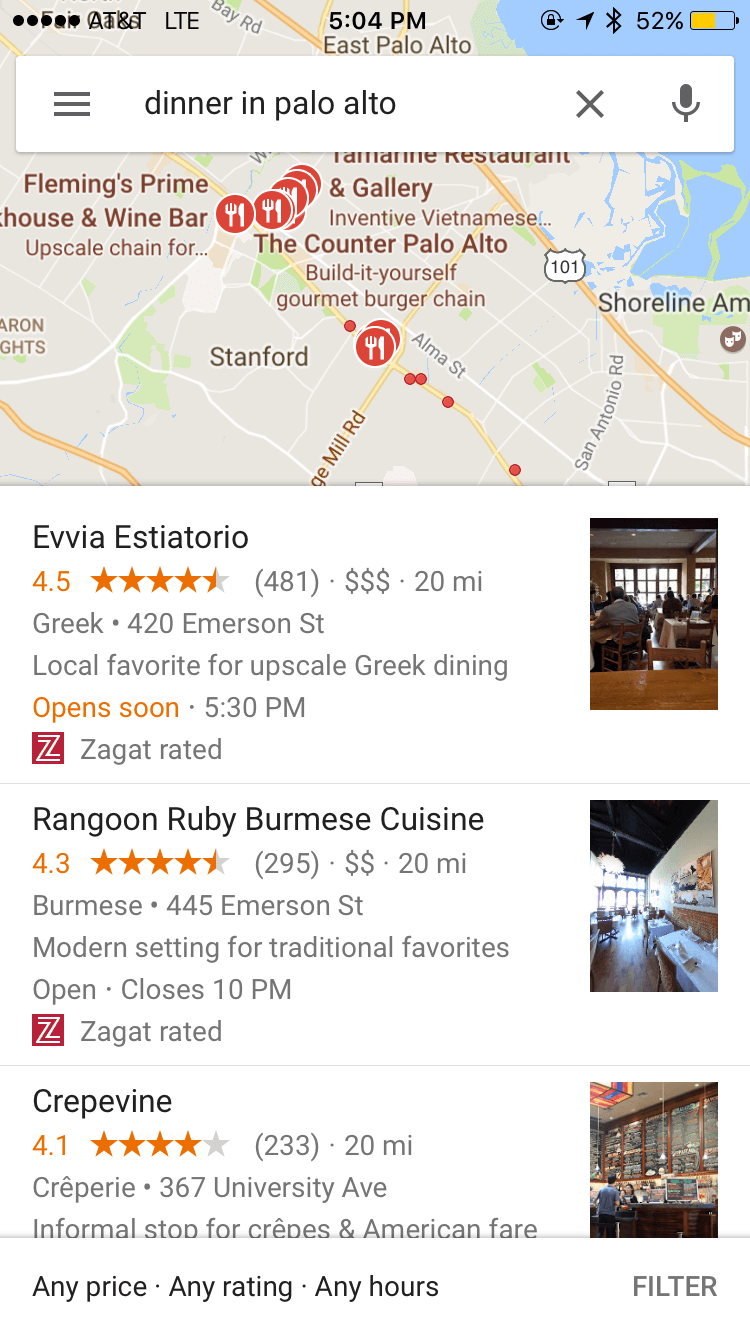
Local search advertising has become easier with the use of the integration of some applications in others, in particular, the integration of OpenTable into Google Maps.
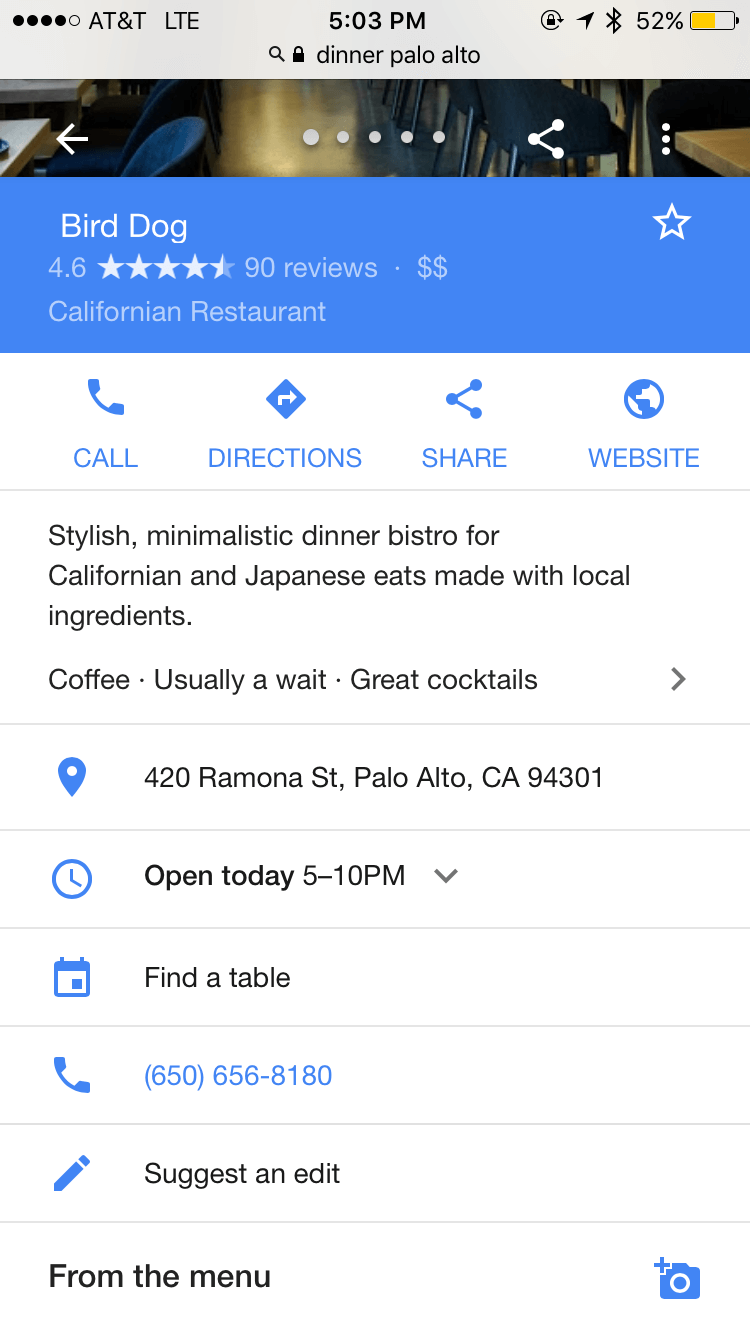
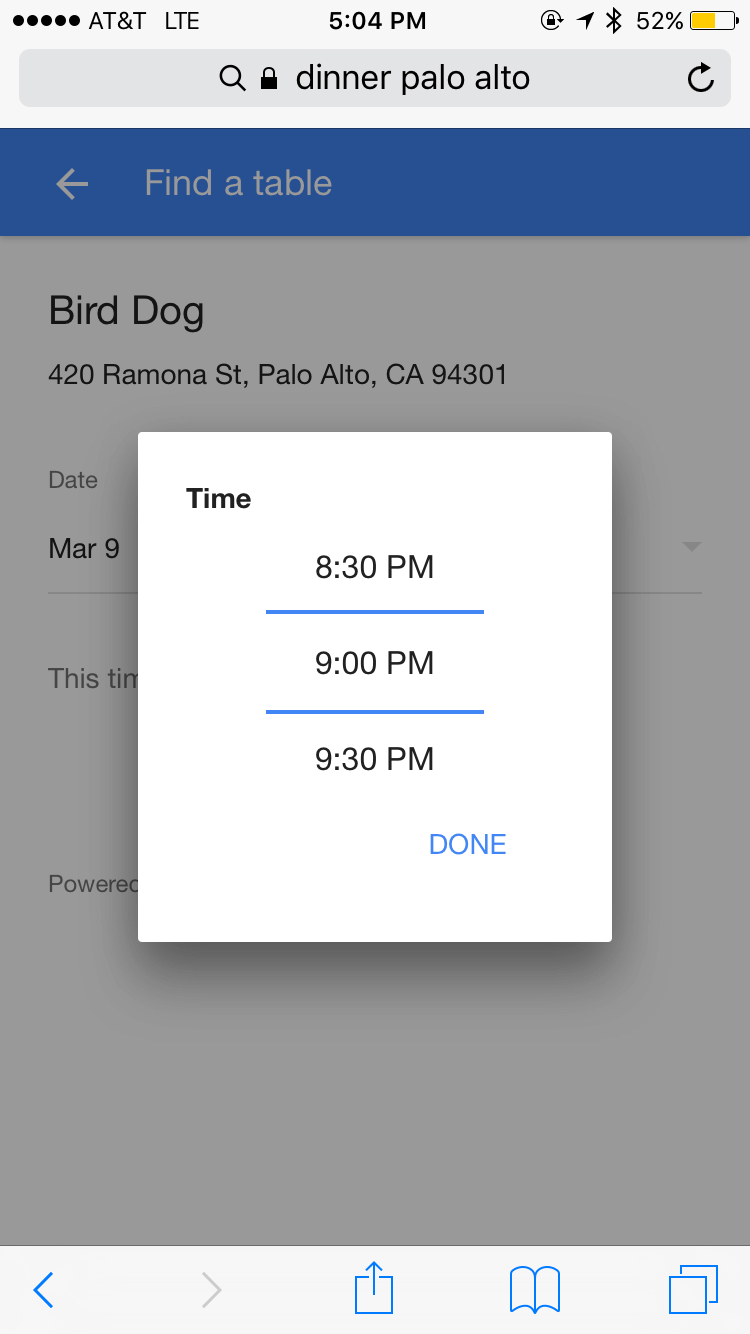
Search ad units, the most popular type of native advertising (and still the most affordable ), are being transformed into a new format as Internet giants like Google, Apple and Tencent integrate more and more new applications into their mobile ecosystems. For example, users can use Lyft or book a table using OpenTable and all this in the Maps application. Search partnership agreements create a winning situation for both vendors who have easy access to the market and publishers who create mobile ecosystems in this way. For example, the average revenue of WeChat from each individual user, according to some estimates , is $ 7. Currently, more than 8 thousand brands use the WeChat platform. Before us is a very profitable way of extending the functionality of the application and preserving users and their interest in it.
As digital and offline interactions become increasingly intertwined, we are witnessing the emergence of an increasing number of interactive advertising formats that create prospects for gaining access to the most rare and valuable marketing asset - the attention of buyers. And yet, a broad and effective reach of the Millennial audience remains for marketers a daunting task, the solution of which increasingly falls more into the field of activity of engineers, data processing and analysis specialists, and designers. This will require scaling personal communication between the brand and consumers. Collaboration is building technology and simplifying the checkout process. If you add a thoughtful design, for a customer to buy it will be enough to press a single button.


Marketers do their best to knock out clicks and conversions from highly targeted ads, but users who are tired of obsessive banners continue to install ad blockers. However, when $ 100 billion in annual costs are at stake , someone just needs to find a way to narrow the gap between high budgets and low profitability of advertising campaigns.
')
The good news is that the latest mobile trends allow publishers and advertisers to approach user experience modeling much more intelligently. Google is tightening up on pop-up mobile advertising, and marketers are gradually moving away from aggressive strategies to attract new customers to strategies aimed at retaining current customers. Despite the fact that some digital trends like VR and AR advertising with the effect of deep immersion will take years to gather a large audience, other areas, like mobile wallets and chatbots, are already used as the main methods of interaction between brands and consumers. In this article, we will look at some of the most visible trends in mobile marketing.
Mobile technology blurs the line between digital and offline shopping
Sales through mobile payment terminals in the USA are growing: it is expected that by 2020 the total amount of purchases will exceed $ 314 billion. However, the profit from these sales is only a fraction of the value that marketers can extract from the transaction metadata.
Today, retailers can send information collected in CRM systems during non-cash mobile transactions and improve the individual experience of each customer based on purchase history, geolocation data and time stamps. Starbucks, for example, collects information about its loyal customers using its own branded mobile application. It helps to determine their current location, what kind of drinks they buy or what type of music they are listening to (in the app, you can create playlists). Sephora to Go app recommends new products based on the user's purchase history and sends a push notification to the user's smartphone or smart watch every time he is near the store.


Mobile payments will become a critical tool for collecting customer data and personalizing digital experience.


Retailers use mobile data to find the nearest store and create individual product offerings.
What do customers get from this (or those millenials who still have the habit of visiting stores live)? Many people like the harmonious spontaneity of contactless contextual payments: payment happens faster than with chip cards. On the other hand, such payments are simpler and safer than carrying an ordinary cash wallet with you. Modern POS terminals accept Android Pay, Apple Pay, and more recently, Selfie Pay, a new service developed by Visa in conjunction with BMO, which allows users to verify their identity using biometric checks, and in particular, selfies. Unlike selfie in social networks, mobile data in the case of Selfie Pay are protected by tokenization technology. And of course, all marketing push notifications require the prior consent of consumers to subscribe to them.
Shorten videos to improve marketing performance.
More than half of all YouTube views come from mobile devices. It sounds impressive given the fact that a few years ago video buffering on mobile devices made watching them very difficult. The average download speed on mobile devices today exceeds 19.27 Mbit / s, which is 30% higher than last year. Thanks to technological improvements, advertisers today can give buyers more digital content on the fly. Obviously, people interact with content on mobile devices in different ways, so marketers shorten the length of the video, add text overlays for users in public places who do not have headphones at hand.


Marketers adapt the video format to make it available “on the go”, reducing the length of the clips and adding text overlays.
Mobile, social and video content together make it possible to achieve a powerful combination that increases the profitability of marketing campaigns, which are also easier to track. Video ads are “catchy”: 80% of users remember at least one promotional video they have watched in the last 30 days. Videos today support the “native” format of the publisher site, and various placement options: before, during and after the main content, inserts in applications, video banners and more. Marketers can now measure the profitability of video, not only due to the popularity of the brand, but also with the help of more efficient metrics and even offline. For example, Google recently proposed an ad product that collects data on how many visitors come to physical stores after watching video ads.
The possibility of individual communication with brands using chat bots
Communication creates a good foundation for sales and a favorable impression of service: popular family stores are a case in point. Chat bots bring this communication to a new level: millions of people can discuss their questions through text communication. Whole Foods, for example, has a bot that gives shoppers advice on choosing a recipe based on the products they buy.


Whole Foods Chatbot offers recipes and simplifies the process of buying ingredients.


Similarly, visitors to Burger King and Pizza Hut can arrange food directly using Facebook Messenger and Twitter bots. However, chat bots can not just replace sellers to speed up the reception of orders. The diversity of data that these bots collect about each individual Facebook user allows brands to explore user preferences and personalize the communication process accordingly. Algorithms of deep machine learning allow us to gradually improve bots, to the extent that over time, they will learn to make serious competition to sellers and consultants of local stores in terms of predicting consumer behavior. Brands will sell as the main and related products directly in the list of incoming messages of the application, next to the chat rooms of friends.


Retail brands use Facebook Messenger to send updates on delivery status and new offers.
The Internet of Things as a way to bring consumers closer to buying
Brands today have access to many sophisticated ways of collecting consumer data through the use of the Internet of Things. Voice assistants such as Alexa, Siri, Google Assistant, Line's Cortana and Clova allow brands to literally listen to their consumers. More than 8 million owners of Amazon Echo and Alex can easily give a voice command and place an order with any of the suppliers of a growing network of Amazon partners, including such well-known brands, such as Domino's, Uber and Jamie Oliver.
Wearable devices, network-connected objects and smart packaging allow the buyer to get closer to the purchase. For example, Amazon Dash buttons connect to home Wi-Fi users and Amazon accounts. Whenever the Amazon Prime subscriber runs out of cleaning agent, batteries, or other household supplies, simply pressing the Dash button forms an order and the product is delivered within two days or even faster.
For marketers, such an opportunity to get closer to consumers in their homes requires great care in handling consumer data. Information about consumer trends is useful for retention-marketing and targeting similar requests, but home devices are considered to be the buyer's personal space. In order not to avert buyers from themselves, marketers should not give any personalized advice on sensitive topics, such as personal health issues.


Echo Dot for Alexa has entered into partnerships with leading brands to enable shopping with voice commands.
Native advertising: video attracts more views, and mobile search more wallets
Snap recently launched an IPO with a stock price of $ 24 per unit. Not a bad indicator for a company that is confidently exciting more and more B2C budgets in the market and promising its customers access to the millenial audience - the most desirable demographic group to date. Snap successfully promotes the concept of native advertising, the cost of which in the industry as a whole, judging by some estimates, will make up 53% of all funds allocated for display advertising this year, and most of this money will go to mobile advertising.
Brand-sponsored Facebook stories, Snapchat filters and Buzzfeed articles are some examples of native advertising. They look like any other regular content on the site, which is good for indicators of engagement, because people tend to pay more attention to these promotional items. At the same time, some studies show that users feel cheated when they click on promotional articles that are flagged accordingly.


Local search advertising has become easier with the use of the integration of some applications in others, in particular, the integration of OpenTable into Google Maps.


Search ad units, the most popular type of native advertising (and still the most affordable ), are being transformed into a new format as Internet giants like Google, Apple and Tencent integrate more and more new applications into their mobile ecosystems. For example, users can use Lyft or book a table using OpenTable and all this in the Maps application. Search partnership agreements create a winning situation for both vendors who have easy access to the market and publishers who create mobile ecosystems in this way. For example, the average revenue of WeChat from each individual user, according to some estimates , is $ 7. Currently, more than 8 thousand brands use the WeChat platform. Before us is a very profitable way of extending the functionality of the application and preserving users and their interest in it.
Summary
As digital and offline interactions become increasingly intertwined, we are witnessing the emergence of an increasing number of interactive advertising formats that create prospects for gaining access to the most rare and valuable marketing asset - the attention of buyers. And yet, a broad and effective reach of the Millennial audience remains for marketers a daunting task, the solution of which increasingly falls more into the field of activity of engineers, data processing and analysis specialists, and designers. This will require scaling personal communication between the brand and consumers. Collaboration is building technology and simplifying the checkout process. If you add a thoughtful design, for a customer to buy it will be enough to press a single button.

Source: https://habr.com/ru/post/319756/
All Articles